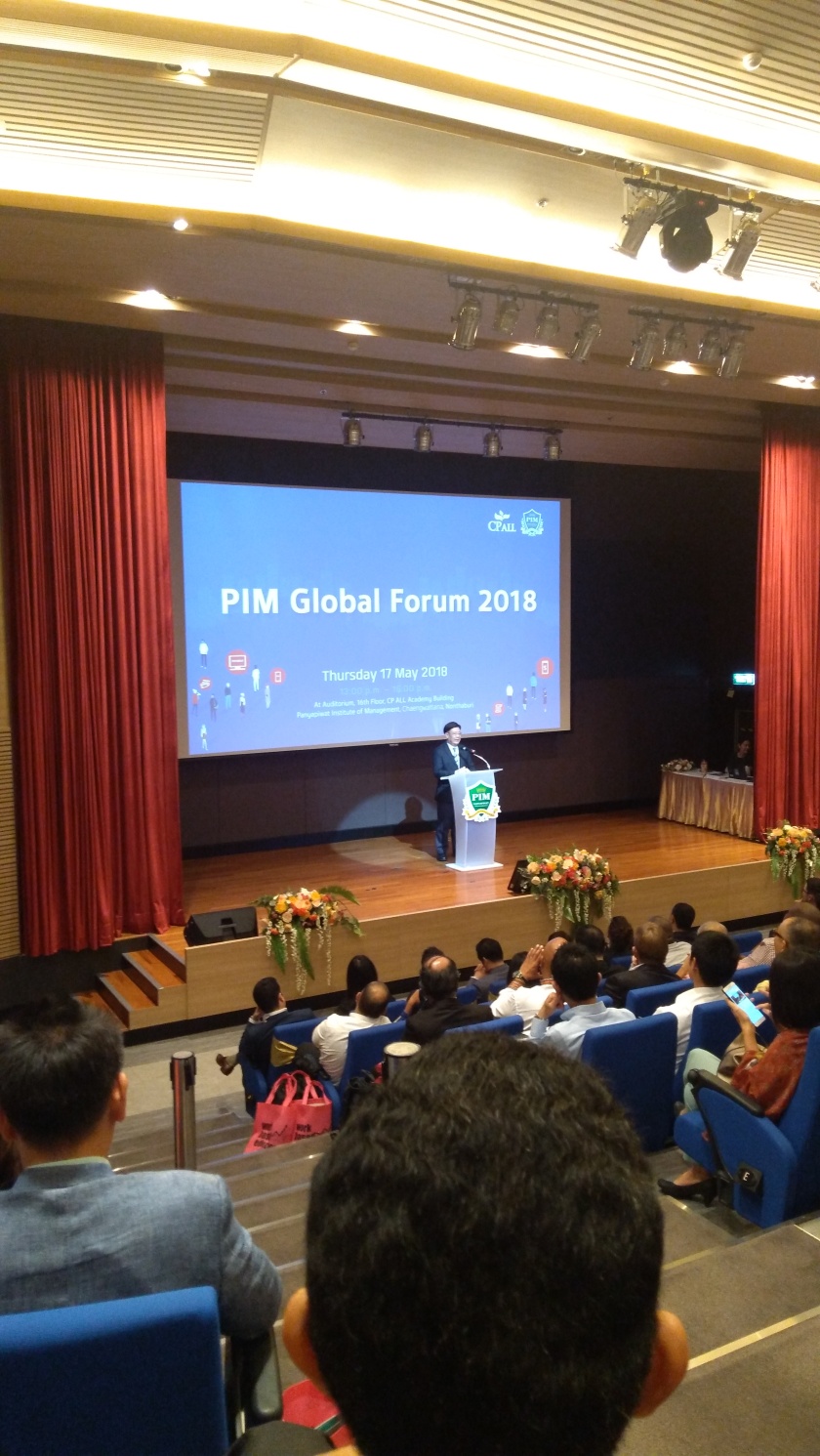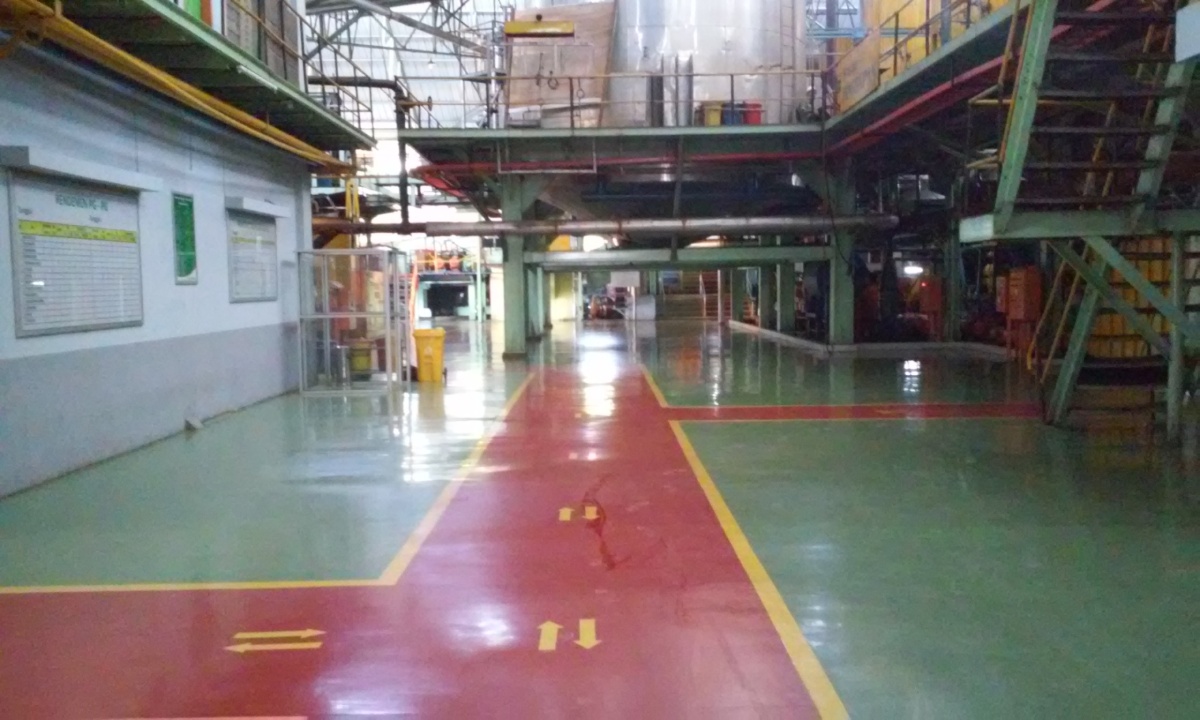PANDANGAN TERHADAP KESELAMATAN KERJA TELAH BANYAK BERUBAH, DAN PERUBAHAN TERSEBUT TELAH TERJADI DARI MASA KE MASA. PERUBAHAN POLA PIKIR TERSEBUT DAPAT KITA LIHAT DARI SEJARAH PERKEMBANGAN KESELAMATAN DAN KESEHATAN KERJA. PADA AWAL SEJARAHNYA, YAITU DIAWAL REVOLUSI INDUSTRI, BERLAKU SUATU HUKUM KEBIASAAN YANG DIKENAL DENGAN NAMA COMMON LAW OF DEFENCE.
PADA SAAT ITU APABILA TERJADI SUATU KECELAKAAN, MAKA KECELAKAAN TERSEBUT DIPANDANG SEBAGAI KESALAHAN DARI PEKERJA SAJA, DENGAN KATA LAIN PEKERJALAH YANG SELALU DIANGGAP BERSALAH. SEBAGAI AKIBATNYA JIKA TERJADI SUATU KECELAKAAN. MAKA PEKERJA HARUS DAPAT MEMBUKTIKAN BAHWA MAJIKANLAH YANG BERSALAH.
DALAM PERJALANANNYA PERUBAHAN PERUBAHAN YANG TERJADI DI BERBAGAI NEGARA DI DUNIA INI, MASING MASING NEGARA MEMPUNYAI PERATURAN KESELAMATAN DAN KESEHATAN KERJA. PERATURAN TERSEBUT PADA UMUMNYA DIKELUARKAN DALAM BENTUK HUKUM PUBLIK YANG MEMERLUKAN PENGAWASAN DARI PEMERINTAH UNTUK PELAKSANAANNYA, DEMIKIAN PULA DI INDONESIA, MASALAH KESELAMATAN DAN KESEHATAN KERJA DIATUR DALAM SUATU PERATURAN DALAM BENTUK UNDANG-UNDANG KESELAMATAN KERJA, YANG DIKELUARKAN DENGAN LEMBARAN NEGARA NOMOR 1 TAHUN 1970.
PERATURAN K3 PERIODE TAHUN 1987 SAMPAI DARI 12 JANUARI 1970
- USAHA PENANGANAN KESELAMATAN KERJA DI INDONESIA DIMULAI PADA TAHUN 1847 SEJALAN DENGAN PEMAKAIAN MESIN MESIN UAP UNTUK KEPERLUAN INDUSTRI OLEH PEMERINTAH HINDIA BELANDA YANG PENGAWASANNYA DITUJUKAN UNTUK PENCEGAHAN KEBAKARAN, BELUM TERTUJU PADA PERLINDUNGAN TENAGA KERJA YANG BERASAL DARI ORANG ORANG YANG DIJAJAH, KARENA HAL INI BUKAN DIANGGAP SUATU KEPENTINGAN MASYARAKAT OLEH PEMERINTAH YANG MENJAJAH
- PADA TANGGAL 28 JANUARI 1852 PEMERINTAH HINDIA BELANDA MENGELUARKAN STBL.NOMOR 20 YANG MENGATUR TENTANG PELAKSANAAN KESELAMATAN KERJA PADA PEMAKAIAN PESAWAT UAP,
YANG PELAKSANAANNYA DISERAHKAN PADA INSTANSI DIENST VAN HEET STOOMWEZEN YANG SEKALUGUS PELAKSANAAN PENGAWASANNYA SUDAH TERTUJU PADA PERLINDUNGAN TENAGA KERJA.
- PADA ABAD 19 PEMAKAIAN PESAWAT YANG MENINGKAT PESAT, DISUSUL PEMAKAIAN MESIN DIESEL DAN LISTRIK DI INDUSTRI PENGOLAHAN, MENYEBABKAN TIMBULNYA BAHAYA BARU BAGI PARA PEKERJA DAN BANYAK TERJADI KASUS KECELAKAAN KERJA. PADA TAHUN 1905 DENGAN STBL. NO. 521 OLEH PEMERINTAH HINDIA BELANDA DIKELUARKAN PERATURAN TENTANG KESELAMATAN KERJA DENGAN NAMA VEILIGHEID REGLEMENT DISINGKAT VR, YANG DIPERBARUHI PADA TAHUN 1910 STBL. NO. 406.
PERATURAN K3 PERIODE 12 JANUARI 1970 S/D SEKARANG
VR YANG MULAI BERLAKU SAMPAI TAHUN 1910 SAMPAI PERIODE 12 TAHUN 1970 DALAM PELAKSANAANYA DISANA SINI TELAH MENGALAMI BANYAK PERUBAHAN, NAMUN PERUBAHAN TERSEBUT KURANG BERARTI DAN TERNYATA DALAM BANYAK HAL TELAH TERTINGGAL DAN PERLU PEMBARUAN SESUAI DENGAN PERKEMBANGAN PERATURAN KETENAGAKERJAAN DAN TEKNIK, TEKNOLOGI SERTA INDUSTRIALISASI DI NEGARA KITA DEWASA INI.
MENYADARI AKAN TERSEBUT, DIUPAYAKAN PERBAIKAN YANG DISESUAIKAN DENGAN PERKEMBANGAN TEKNIK DAN TEKNOLOGI SERTA PERKEMBANGAN INDUSTRIALISASI SESUAI ERANYA. PADA TANGGAL 12 JANUARI TAHUN 1970 DIUNDANGKAN UNDANG UNDANG NOMOR 1 TAHUN 1970 TENTANG KESELAMATAN KERJA YANG SEKALIGUS MENCABUT VR. TAHUN 1910,
DAN DALAM UNDANG UNDANG INI TELAH DIADAKAN PERUBAHAN YANG PRINSIP DASARNYA LEBIH MENGARAH PADA SIFAT YANG PREVENTIIF. APABILA DIBANDINGKAN DENGAN VR 1910 TERDAPAT PERUBAHAN YANG PENTING BAIK DALAM ISI, BENTUK DAN SOISTIMATIKANYA.
SEBAGAI KONSEKUENSINYA DAN SESUAI DENGAN PENJELASAN UNDANG UNDANG NOMOR 1 TAHUN 1970 REALISASI PELAKSANAANYA TERDIRI DARI PEMBIDANGAN TEKNIS DAN PEMBIDANGAN SEKTORAL YANG DIDUKUNG DENGAN PERATURAN PELAKSANANNYA YANG DIKELUARKAN DALAM BENTUK PERATURAN PEMERINTAH, PERATURAN MENTERI, KEPUTUSAN MENTERI DAN SURAT EDARAN.
PELAKSANAAN SECARA TEKNIS TENTANG JAMINAN KESELAMATAN DAN KESEHATAN KERJA TERTUANG DALAM UNDANG UNDANG KESELAMATAN KEJA , LEMBARAN NEGARA NO. 1 TAHUN 1970.
MENTERI TENAGA KEJA DIBERI AMANAT OLEH UNDANG UNDANG KESELAMATAN KERJA SEBAGAI PEMEGANG POLICY NASIONAL K3, TELAH BERUSAHA UNTUK MENJABARKAN PELAKSANAANNYA MELALUI BEBRAPA PERATURAN ORGANIKNYA.
WALAUPUN SUDAH BANYAK PERATURAN PERUNDANGAN YANG DITERBITKAN, NAMUN DALAM IMPLEMENTASINYA MASIH BANYAK KELEMAHANNYA. SEHINGGA BANYAK PROGRAM YANG PELAKSANANNYA BELUM MENCAPAI SASARAN YANG DIHARAPKAN. OLEH KARENA ITU PERLU USAHA USAHA UNTUK MEMASYARAKATKAN DAN MENDORONG PENGETRAPAN DARI SEMUA PERATURAN PERUNDANGAN DIBIDANG KESELAMATAN DAN KESEHATAN KERJA YANG BERLAKU, TERUTAMA PADA PIHAK PIHAK YANG TERKAIT DENGAN PROSES PRODUKSI.

